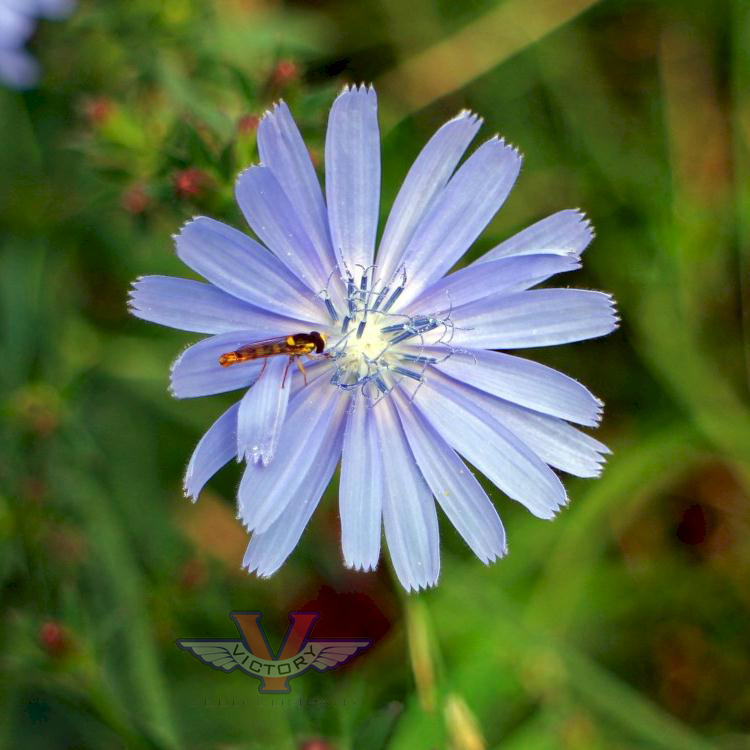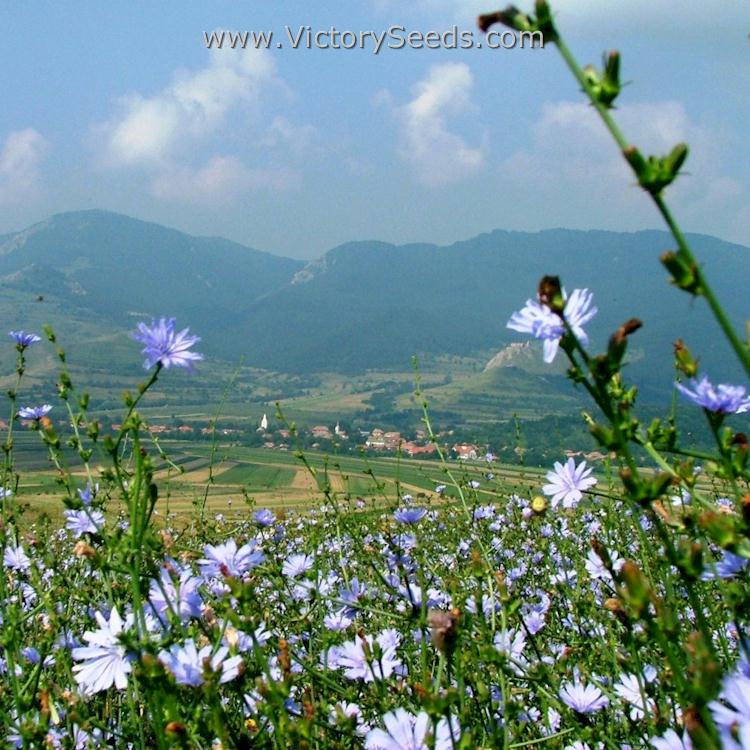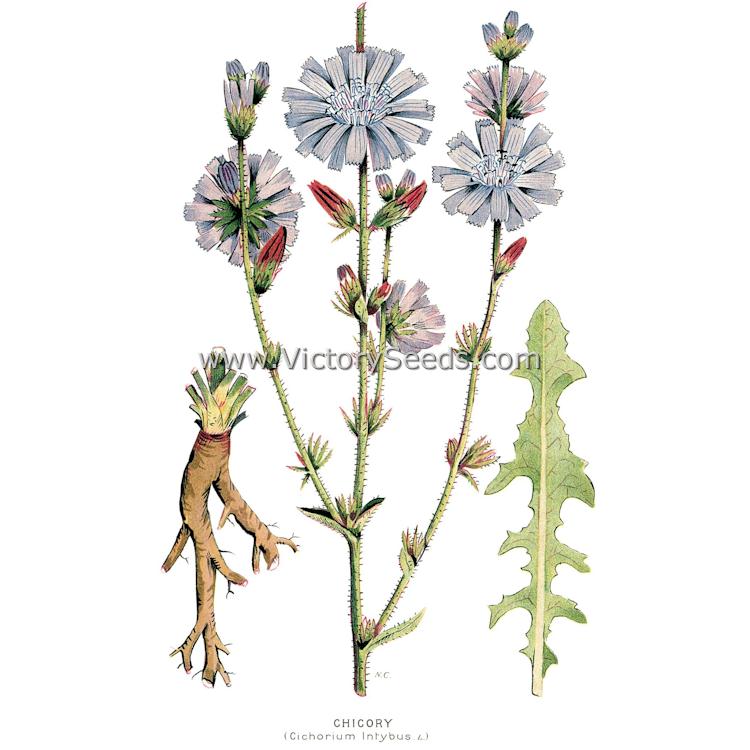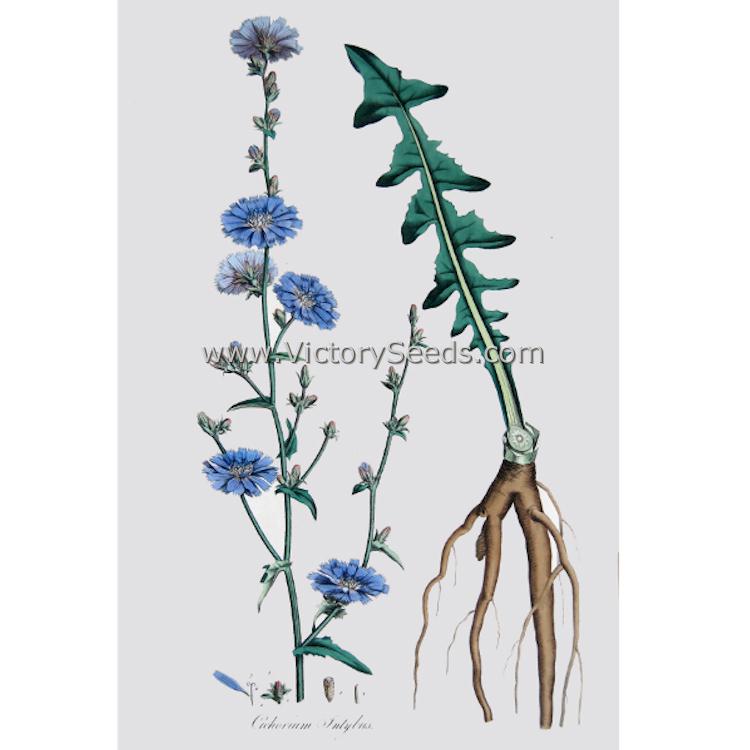Chicory
Chicory
Couldn't load pickup availability
Cichorium intybus
Chicory, with sugar beet and rye was used as an ingredient of the East German Mischkaffee (mixed coffee), introduced during the "coffee crisis" of 1976 to 1979. Some beer brewers use roasted chicory to add rich flavor to their stouts. USDA Zones 3-9. Perennial. Each packet contains 0.25 gram, which is approximately 200 of seeds.
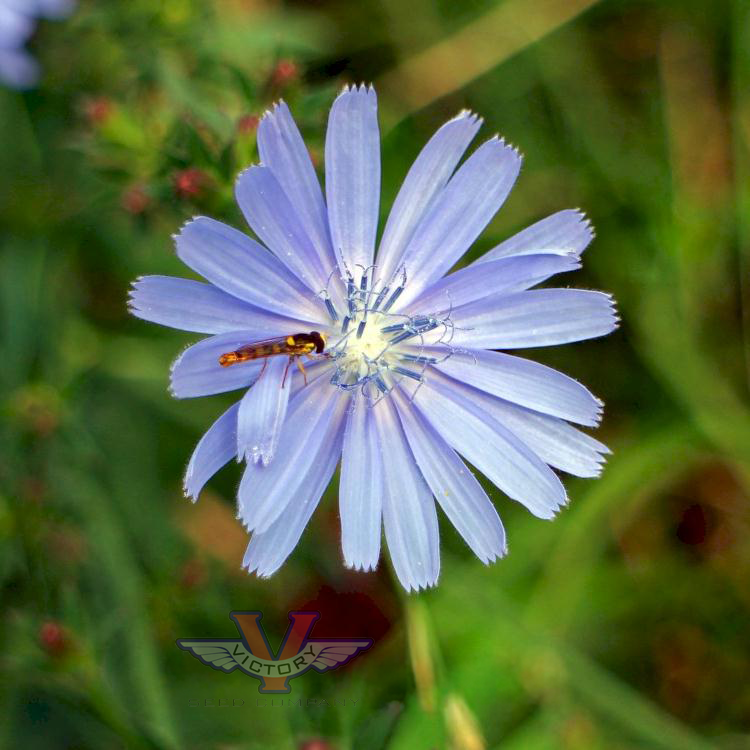
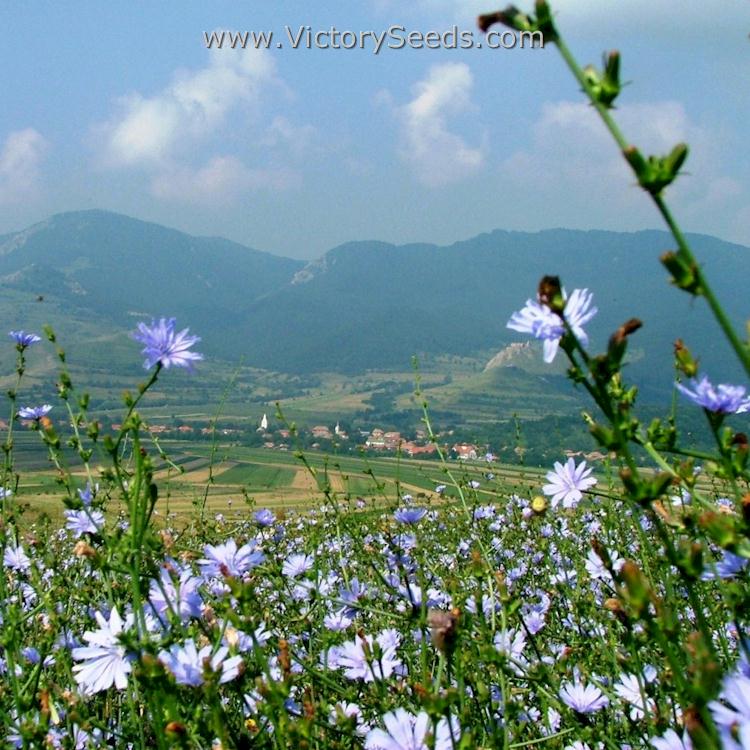
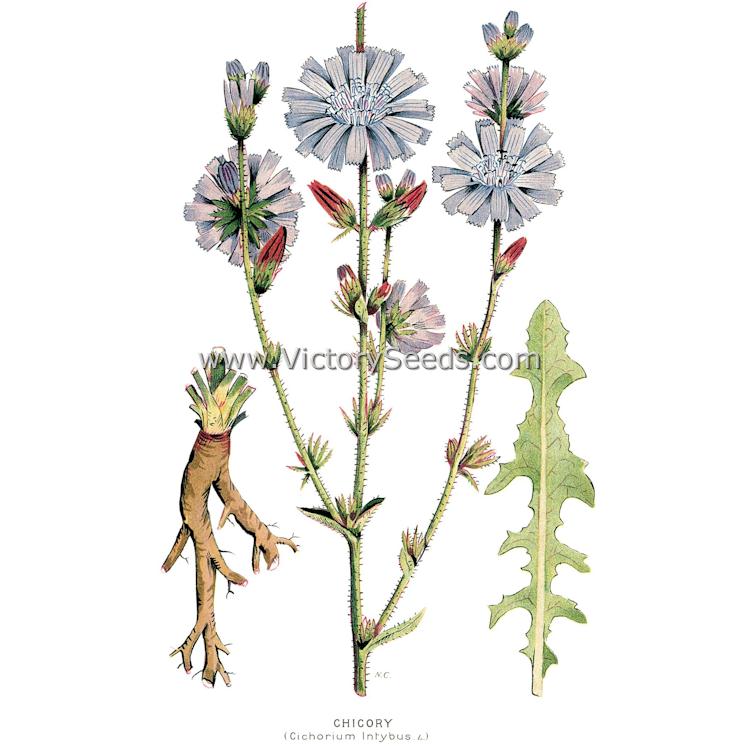
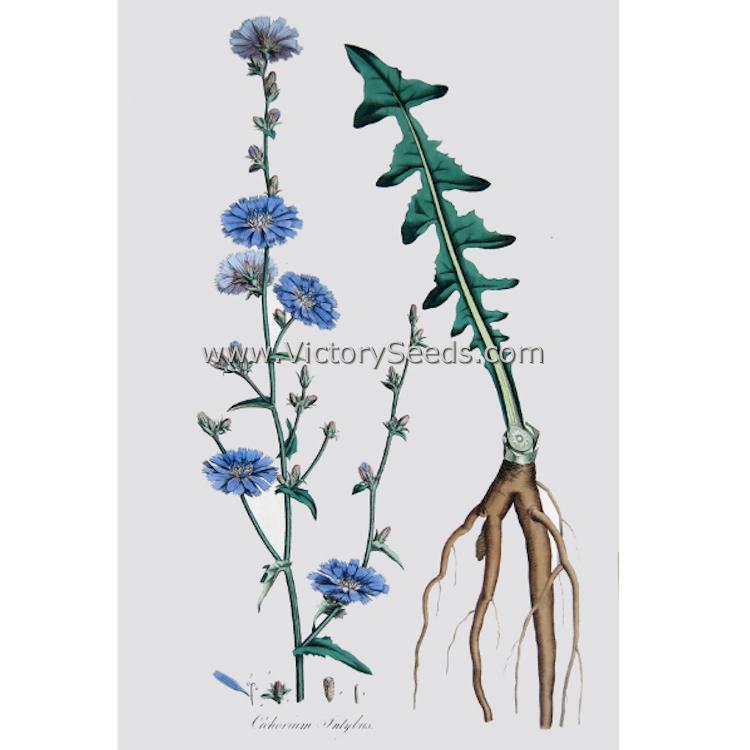
By ordering this seed, you are agreeing that it is allowed in your area or that you will not be cultivating it in a state where it is deemed a noxious weed. Since regulations change often, the following list may not be conclusive. Please check with your state and local laws to verify that you can grow this in your area. It may be classified as a "noxious weed" in your state and cultivation prohibited.
- "A Modern Herbal," Mrs. M. Grieve, 1931, pgs. 197-199.
- "Tyler's Honest Herbal: A Sensible Guide to the Use of Herbs & Related Remedies," Steven Foster & Varro E. Tyler, Ph.D., MJF Books, New York, 1999, pgs. 115-117.
- "Peterson's Field Guide to Medicinal Plants and Herbs of Eastern and Central North America," Steven Foster & James A. Duke, Houghton Mifflin Harcourt, New York, 2014, pgs. 263-264.
- "Handbook of phytochemical constituents of GRAS herbs and other economic plants," James A. Duke, CRC Press, Boca Raton, Florida, 1992.
- "Dr. Duke's Phytochemical and Ethnobotanical Databases," U.S. Department of Agriculture, Agricultural Research Service, 1992-2016.
Explore our vegetable collections:
[ Artichokes | Asparagus | Beans | Beets | Broccoli | Sorghums | Brussels Sprouts | Cabbage | Cantaloupe | Carrots | Cauliflower | Celery | Collard Greens | Corn | Cucumber | Eggplant | Endives | Gourds | Kale | Kohlrabi | Leeks | Lettuce | Mesclun Mix | Mustard Greens | Okra | Onions | Parsley | Edible Pod Peas | Garden Peas | South Peas | Hot Peppers | Mild Peppers | Pumpkins | Radishes | Rapini | Rhubarb | Salad Greens | Salsify | Summer Squash | Winter Squash | Swiss Chard | Tomatillo | Tomatoes | Dwarf Tomato Project | Turnips | Watermelons ]

